For many dog owners, ensuring their furry friends get the right balance of nutrients and calories is paramount. Just as humans need to be wary of their dietary intake, so too do our canine companions. However, not all dogs are created equal — a Great Dane and a Chihuahua have vastly different nutritional requirements. So, how do we navigate these needs to provide the best for our dogs, regardless of their size?
Understanding Basic Dog Nutrition
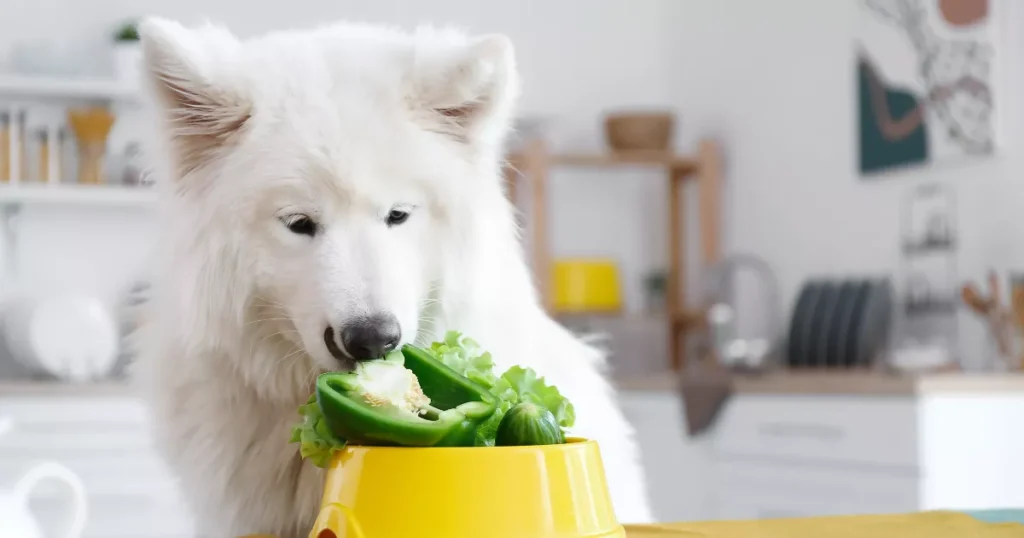
Before diving into the specific needs of different sized dogs, it’s crucial to understand the basics of dog nutrition. All dogs, irrespective of size, require a balanced mix of:
1. Proteins: These are essential for growth, maintenance, reproduction, and repair. Common sources include meats, eggs, and legumes.
2. Fats: These provide the most concentrated source of energy. They also support cell growth and protect the body’s organs.
3. Carbohydrates: While dogs don’t require carbs in the same way humans do, they can be a valuable source of energy and fiber.
4. Vitamins and Minerals: These play countless critical roles in the body, from bone health to nerve function.
5. Water: Often overlooked, water is perhaps the most vital nutrient.
Table showing daily nutrient requirements for small, medium, and large dog breeds:
| Nutrient | Small Breed Dog | Medium Breed Dog | Large Breed Dog |
|---|---|---|---|
| Protein | 18-22% of daily caloric intake | 18-22% of daily caloric intake | 18-22% of daily caloric intake |
| Fat | 8-12% of daily caloric intake | 8-12% of daily caloric intake | 8-12% of daily caloric intake |
| Carbohydrates | Limited, about 30% of daily caloric intake | Limited, about 30% of daily caloric intake | Limited, about 30% of daily caloric intake |
| Vitamins/Minerals | Adequate levels from balanced diet | Adequate levels from balanced diet | Adequate levels from balanced diet |
| Water | 1 ounce per pound of body weight | 1 ounce per pound of body weight | 1 ounce per pound of body weight |
Caloric Needs for Different Sized Dogs

1. Small Breeds (like Chihuahuas, Shih Tzus, and Toy Poodles):
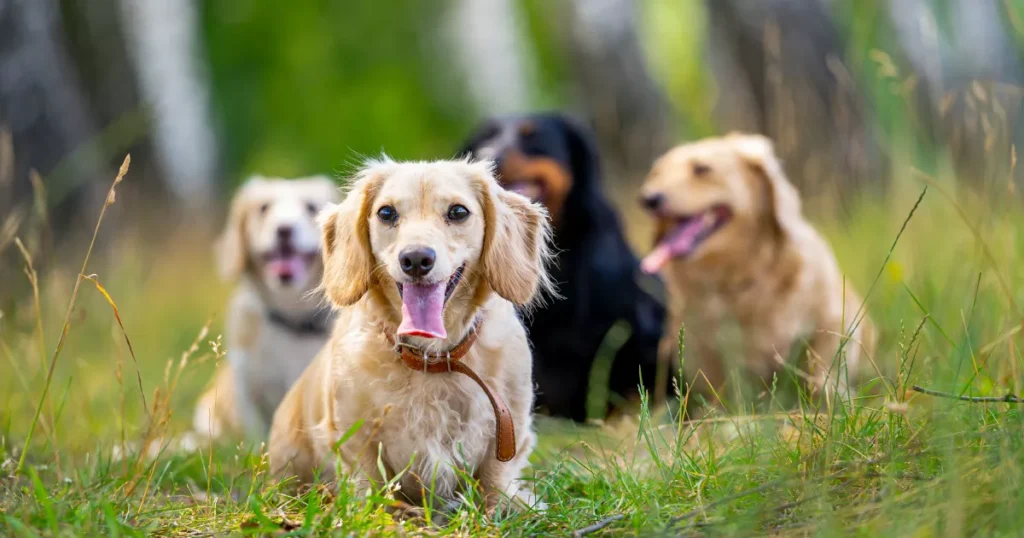
Small breed dogs often have faster metabolisms, meaning they burn calories at a quicker rate. As such, they might need more calories per pound compared to larger breeds. However, their stomachs are small, so those calories need to be packed into a relatively tiny amount of food.
Recommended Caloric Intake: Generally, an active small breed dog needs about 40 calories per pound of body weight per day.
2. Medium Breeds (like Beagles, Cocker Spaniels, and Bulldogs):
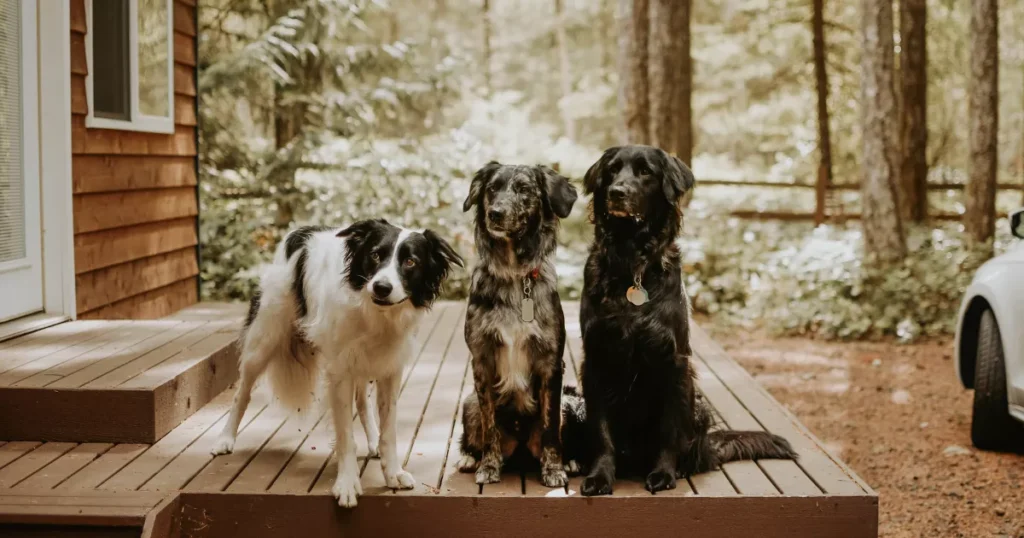
These dogs typically have a balanced metabolism, not too fast or too slow. Their nutritional needs are often straightforward.
Recommended Caloric Intake: Active medium breed dogs usually require around 30-37 calories per pound of body weight per day.
3. Large Breeds (like Golden Retrievers, Labrador Retrievers, and Boxers):

Despite their size, large breed dogs typically have slower metabolisms. This means they require fewer calories per pound than smaller dogs. They also have specific needs to support joint health.
Recommended Caloric Intake: An active large breed dog might need around 20-30 calories per pound of body weight per day.
4. Giant Breeds (like Great Danes, Saint Bernards, and Mastiffs):
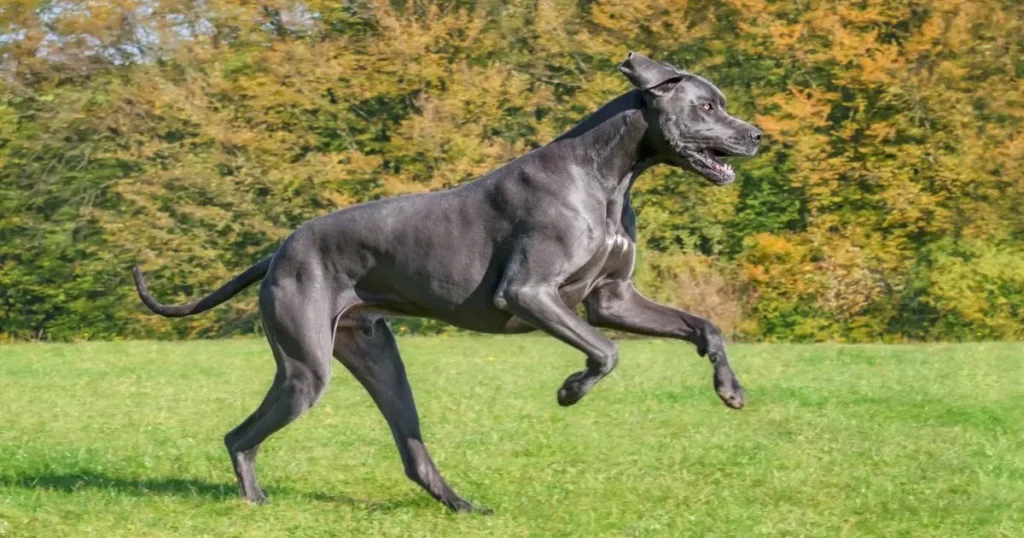
These gentle giants are prone to numerous health issues, including joint problems and bloat. Their calorie needs are relatively low given their size, but their diets must be meticulously managed to prevent rapid growth and associated health complications.
Recommended Caloric Intake: Active giant breeds generally need around 20 calories per pound of body weight per day.
Table summarizing the caloric needs for different sized dog breeds
| Dog Size | Examples of Breeds | Metabolism | Recommended Caloric Intake |
|---|---|---|---|
| Small Breeds | Chihuahuas, Shih Tzus, Toy Poodles | Faster | ~40 calories per pound |
| Medium Breeds | Beagles, Cocker Spaniels, Bulldogs | Balanced | ~30-37 calories per pound |
| Large Breeds | Golden Retrievers, Labrador Retrievers, Boxers | Slower | ~20-30 calories per pound |
| Giant Breeds | Great Danes, Saint Bernards, Mastiffs | Slowest | ~20 calories per pound |
Factors to Consider
1. Age: Puppies typically need more calories than adult dogs due to their rapid growth. Senior dogs, on the other hand, might require fewer calories if they’re less active.
2. Activity Level: A highly active dog will burn more calories and, therefore, require more fuel than a sedentary pooch.
3. Health Issues: Conditions like diabetes, thyroid problems, or digestive issues can all impact a dog’s dietary needs.
4. Pregnancy: Pregnant or lactating dogs will have increased caloric and nutritional requirements.
Tips for Balancing Nutritional Needs
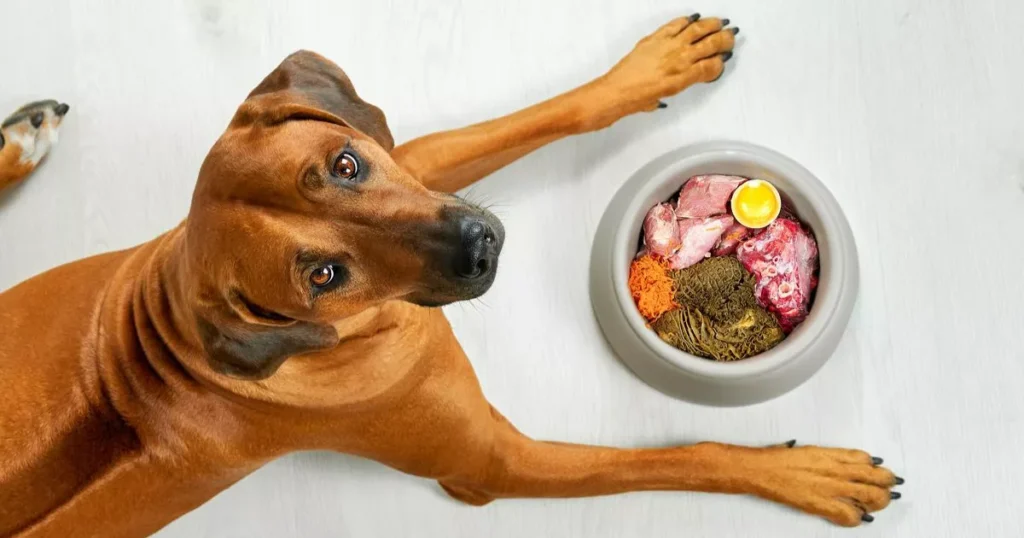
Choosing the Right Dog Food:
Selecting the right dog food is crucial to meeting your dog’s nutritional needs. Look for dog food that is labeled as “complete and balanced nutrition.” This label indicates that the food meets the essential nutrient requirements established by organizations like the AAFCO. Reading the ingredient list can also give you insights into the quality of the food.
Calorie Intake for Dogs of Different Sizes:
Determining the appropriate calorie intake for your dog is key to preventing obesity and promoting overall health. The daily caloric needs of your dog can be estimated using a formula that takes into account their weight, lifestyle, and body condition score. Consulting with your veterinarian is highly recommended to ensure accurate caloric recommendations based on your dog’s individual needs.
Portion Control and Feeding Schedule:
Portion control is essential to prevent overfeeding and maintain a healthy weight for your dog. Measuring your dog’s food using a measuring cup or scale is a simple way to ensure accurate portion sizes. Overfeeding can lead to weight gain and related health issues, so it’s important to follow recommended portion sizes.
Conclusion
Every dog is unique, and while size provides a general guideline for nutritional needs, it’s essential to consider other factors like age, activity level, and health. With proper attention and consultation with a vet, you can ensure your canine companion gets the balanced diet they deserve, regardless of their size.
Frequently Asked Questions
How can I determine the right portion size for my dog, considering their size? Determining the correct portion size for your dog involves factors like their weight, activity level, and type of food. Consult your veterinarian for personalized guidance. Using measuring cups or a kitchen scale can help ensure accurate portions and prevent overfeeding.
Are there specific nutritional needs that vary based on my dog's size? Yes, dogs of different sizes have varying nutritional requirements. For instance, small breeds may need more calories per pound due to their faster metabolism, while large breeds might require diets that support joint health. Consulting a vet and selecting appropriate dog food can help meet these specific needs.
What are common mistakes dog owners make when feeding their pets? One common mistake is overfeeding, which can lead to obesity and related health issues. Another mistake is not considering the quality of dog food—opt for high-quality options with balanced nutrition. Additionally, free-feeding (leaving food out all day) can lead to unhealthy eating habits.
Should I adjust my dog's portion size as they age? Yes, you should adjust your dog's portion size as they age. Puppies have higher calorie needs for growth, while senior dogs may need fewer calories due to reduced activity. Regularly consult your vet to modify portion sizes based on your dog's life stage.
Can I feed my dog the same food as larger breeds, just in smaller quantities? Not necessarily. Different breeds have unique nutritional needs beyond just portion size. Smaller breeds might require more nutrient-dense food due to their faster metabolism. Larger breeds might need specific nutrients to support their joints. Choose food that suits your dog's individual requirements.
What signs should I look for to know if my dog is overweight or underweight? Visual cues and body condition scoring are helpful indicators. If you can't feel your dog's ribs, they might be overweight. If their ribs are highly visible, they might be underweight. Consulting your vet and using resources like body condition charts can assist in assessing your dog's weight accurately.